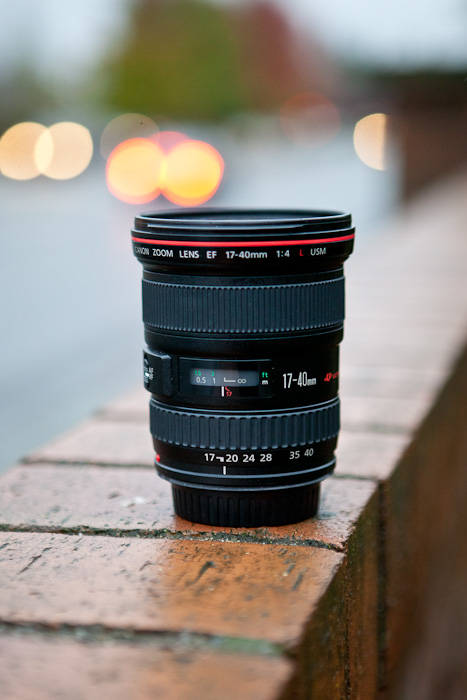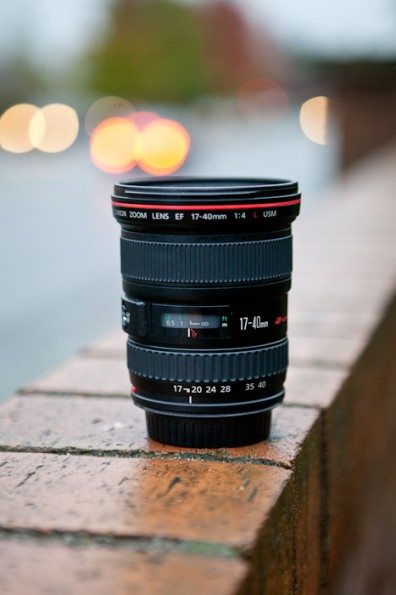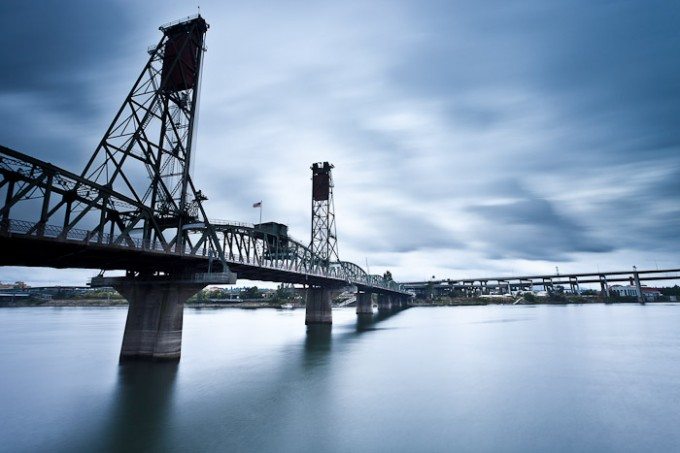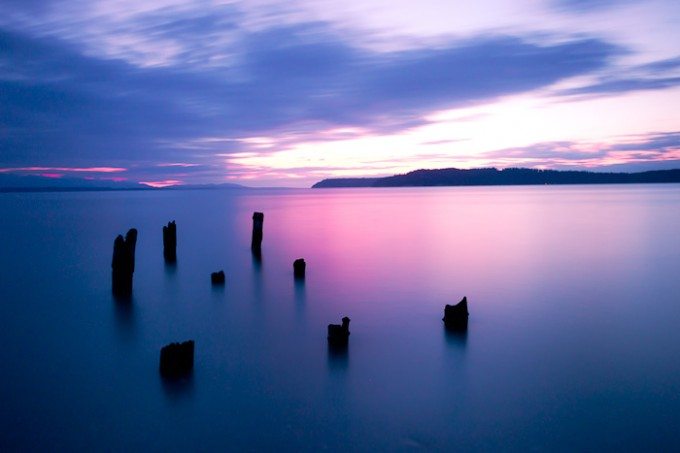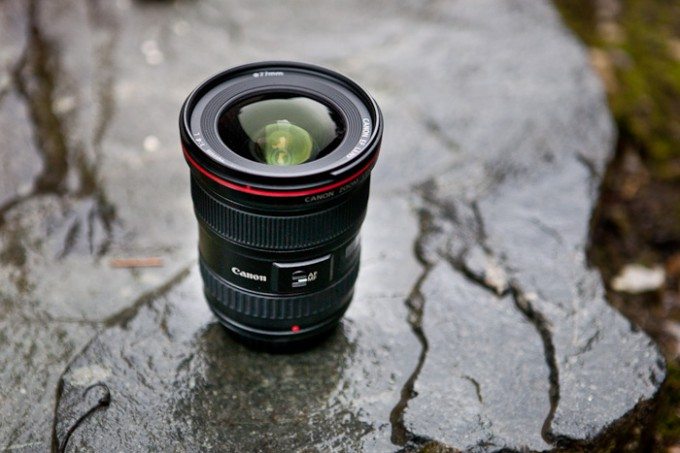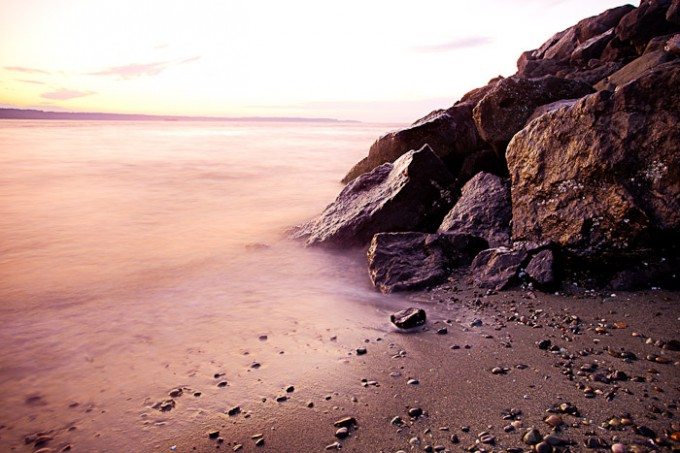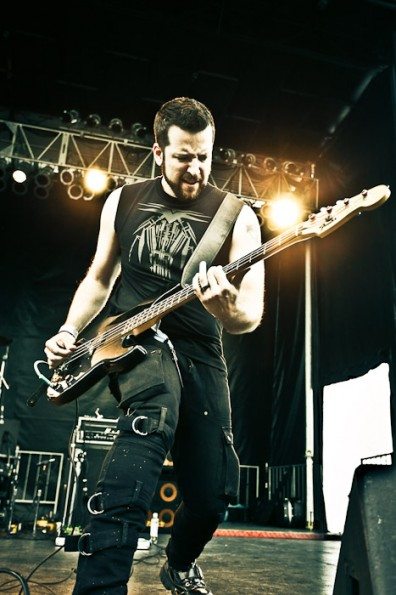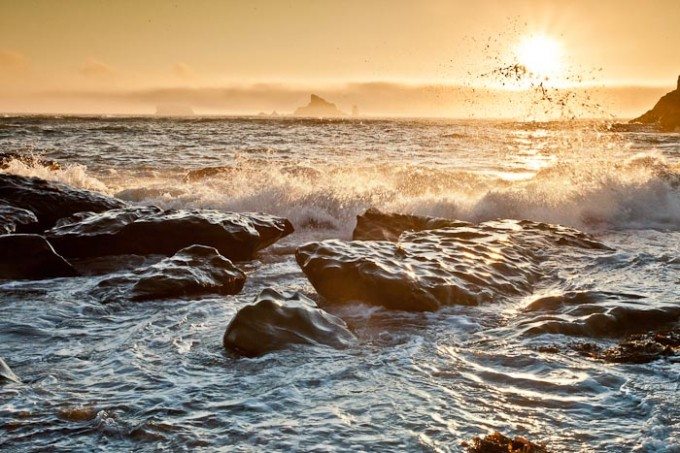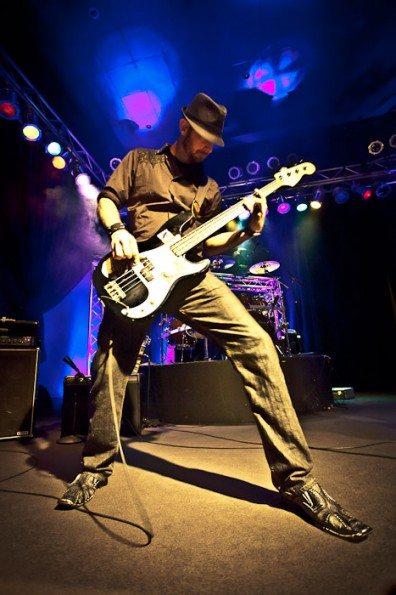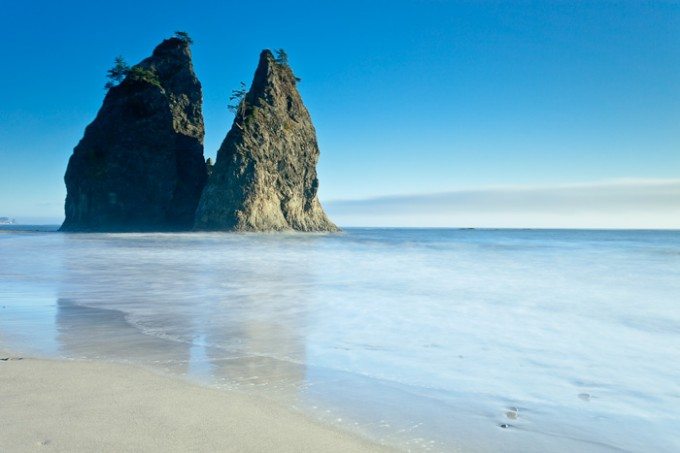Last Updated on 11/16/2011 by Travis Lawton
A wide-angle lens definitely has its place in most photographers bag. They have many possible uses. Although their primary use is for landscapes as you generally want the camera to see as much of the scene as possible, they can also be used for some very creative portrait work in the right setting. If we’re talking about current Canon, standard (non-fish-eye) wide-angle, EF lenses, then you’ll probably be looking at two different lenses. The Canon EF 17-40mm f/4L USM and the (much more expensive) Canon EF 16-35mm f/2.8L II USM. Maybe you’ve been thinking about picking one of these little numbers up but have been torn on which one to purchase. In this article, we’ll look at the former; what it can do for you and what you can expect out of it.
First things first, if you’re really on the fence about the two and can afford it either way, I’m really jealous of you. In this case the choice is simple; just get the 16-35mm f2.8 version with the (barely) wider view and capable of capturing a full extra stop of light. Unfortunately, I bet that most of you reading this are in the same boat I am and need to carefully plan lens purchases as they usually make the bank account take a significant hit. For us other 99% (I can’t believe I got an Occupy Wall Street reference in here), you might take a hard look at the 17-40mm f/4 for roughly $900 less.
Let me start by saying that even though I’ve owned the 17-40mm f/4 for several years now, I would love to purchase the 16-35mm f2.8. I’ll explain why in a bit but lets just say it has a lot to do with that extra stop of light.
Tech Specs
Focal Length: 17 – 40 mm
Aperture:
- Maximum: f/4
- Minimum: f/22
Camera Mount Type: Canon EF
Format Compatibility: 35mm Film / Full-Frame Digital Sensor Canon (APS-C)
Angle of View: 104° – 57°
Minimum Focus Distance: 11.02″ (28 cm)
Magnification: 0.24x
Maximum Reproduction Ratio: 1:4.1
Groups/Elements: 9/12
Diaphragm Blades: 7
Features
Image Stabilization: No
Autofocus: Yes
Tripod Collar: No
Physical
Filter Thread: 77 mm
Dimensions (DxL): Approx. 3.3 x 3.8″ (8.38 x 9.65 cm)
Weight: 1.05 lb (476 g)
Ergonomics
This lens is built similar to the recently reviewed Canon EF 50mm f/1.2L with a couple of key differences. Most of Canon’s coveted L series lenses are built like a tank and this one is no different. It feels very solid in your hand and the key difference from the mentioned 50mm f/1.2L is that this lens carries what seems like the perfect weight for its size.
In terms of controls, this is a simple, standard lens. First comes your zoom ring taking you from 17mm to 40mm with just about a quarter turn of the ring. Above the zoom ring you have the AF/MF switch along with the distance scale, although the distance scale does not have the (often overlooked) depth of field scale. And lastly come the focus ring towards the top of the lens.
Just like all of Canon’s L series lenses, this one includes the weather sealing. When used with a properly weather sealed camera, you don’t have to worry about the elements as much when it starts sprinkling a little. This is an often unmentioned feature but I find it invaluable while in the field.
One thing to keep in mind is the thread size. The 17-40mm f/4 has a 77mm front filter thread size. The 16-35mm f2.8 is 82mm, therefore if you’ve bought filters for some of your other 77mm thread lenses, you’ll have to purchase a step-up ring to make them work with the 16-35mm and possible introduce some pretty harsh vignetting.
Focusing
I’ll be honest, I generally use manual focus with this lens. The purpose for this is because I’m generally shooting landscapes with it and I use live view on my Canon 5D Mk II to compose the shot, set the exposure, and lock the focus. Since using live view lets you digitally zoom in on the image, I can make sure I nail the focus manually then as long as I’m taking images of that same scene, I don’t have to worry about losing my focus point every shot.
There is a time when I do use this lens that I have to heavily really on autofocus though; concert photography. Wide angles have long been a part of concert photography. That being said, this lens almost isn’t wide enough. These are the cases when you to want to be as wide as possible. Fisheye lenses are quite popular for this reason.
Many times when I’m shooting an artist on stage, I’m not actually looking through the viewfinder. Many time when shooting concerts and you right up front you’re actually much lower than the stage. To combat this lots of times I take a shot or two and gauge the exposure and then I hold the camera up over my head and pop off a couple shots that are more level with the artist.
This is 100% relying on the camera and the lens to lock a good focus. While I’ve had good success with this lens, I wouldn’t complain if it was a little faster. There is nothing more frustrating than seeing a perfect picture in front of your eyes but you can feel the lens hunting to achieve focus and you miss it. It’s one of the few times I feel absolutely at the mercy of my equipment from a creative standpoint.
Image Quality
As this is used for my landscape photography, a quality end image is a must. Overall I’ve been very happy with the images I get out of this lens. However I will say that I don’t think I would post an unaltered, straight-out-of-the-camera image. I like my images to have a lot of punch and impact behind them and I feel that I need to massage the images just a bit in Lightroom and Photoshop to get an image worthy of my standards. This usually includes adding a bit of vibrancy and a slight S curve layer to kick up the colors and give it that pop. I know, buzz-word overload in the last couple sentences, sorry.
I’ve also notice that this lens likes to add a bit of vignetting at the corners of images shot around the 17mm point. I generally pull all the images into Lightroom and run the lens profile on them all which takes most of the vignetting away and brightens the overall image.
Same thing goes for my concert photography with this lens although no lens could give me a final image without post processing as I generally apply some heavy edits to those image. They get much more of stylistic look. With that said, some of my favorite concert shots have been created with this lens.
Sharpness
Just like image quality, this is a big factor in my landscape photography but not as much for concerts. The reason for not needed it super sharp for concert images is because usually the ISO is pumped up very high which introduces a fair amount of grain. Combining that with the heavy edits plus a lot of noise reduction (unless I’m going for the grainy look), the can start losing its sharpness no matter how sharp the lens can make it.
For landscape photography where I’m using ISO 100, I’m actually quite impressed by the sharpness of this lens. I’m always amazing when I do a 1:1 zoom in on an image on the computer and see the very little details in the foreground rocks. Keep in mind though that I generally don’t shoot any landscapes below f/11.
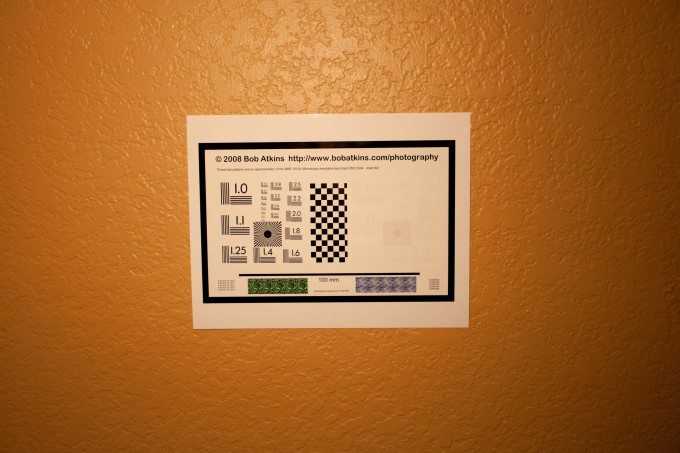
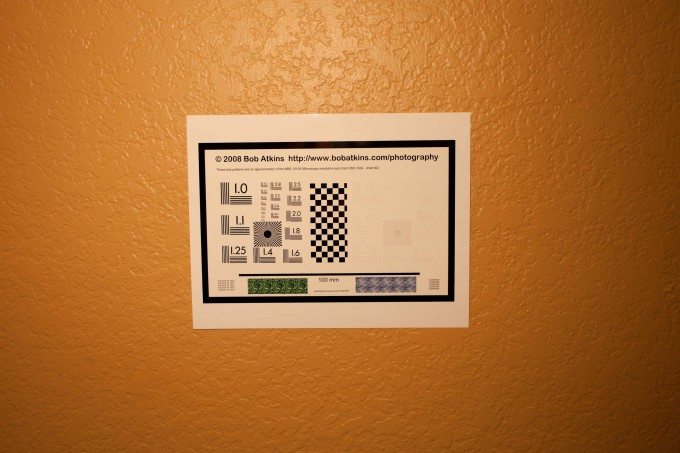
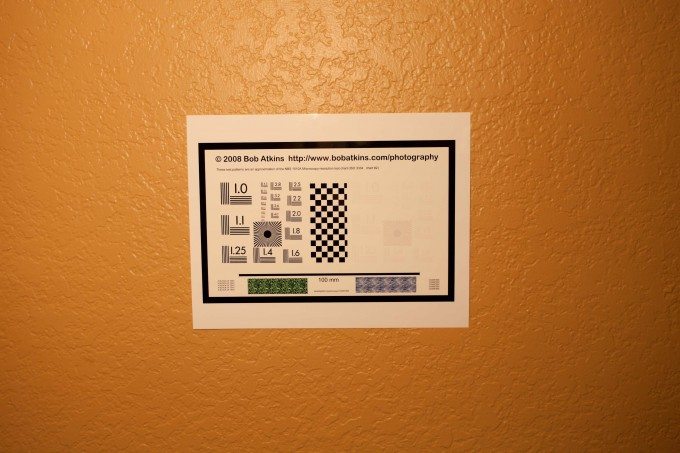
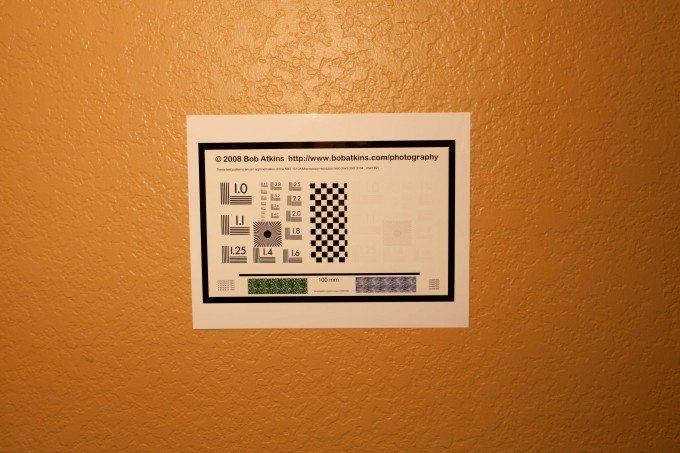
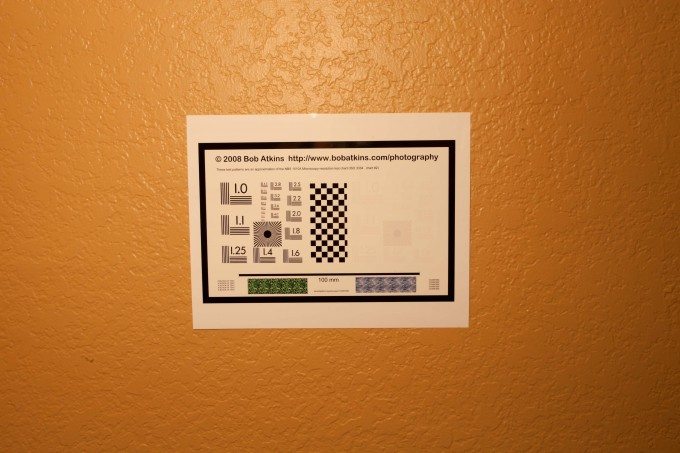
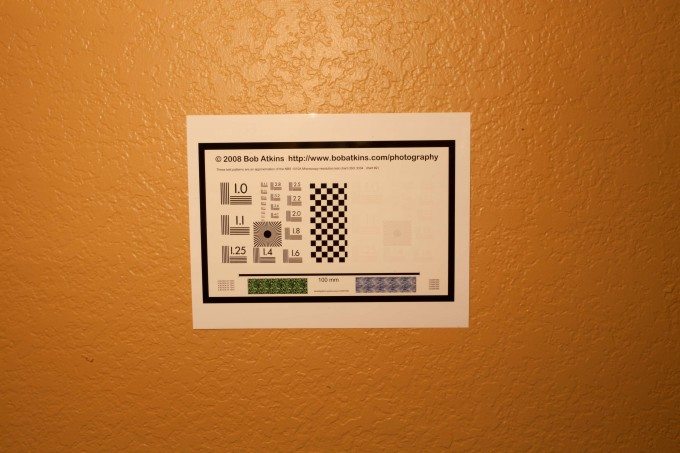
Video
I wanted to briefly talk about using this lens for video purposes. I don’t personally shoot that much video but I have a friend here in the Seattle area that does, Mike Folden. Mike recently borrowed this lens for a couple weeks while he shot some music videos. I asked him how he liked shooting with the lens and he had some pretty good things to say about it. His main points where about how clear of an image he received from it as well as just how wide of a shot it gives him. He shoots many rap music videos and said this lens works perfect for the “grimey and grungy” scenes as well as adds just the right amount of distortion to the shots. Another great advantage is since it is such a wide image, he can easily get very steady, usable, handheld shots without the need for a steady-cam. Although he did put in the little jab of wishing it went lower than f/4.
Below is a video that he shot and used this lens extensively throughout (some language NSFW).
[youtube https://www.youtube.com/watch?v=_nBolM7Ar48]
Conclusion
If you’re in the market for a wide-angle Canon lens, you basically have two options right now; The 16-35mm f/2.8L II and this lens, the 17-40mm f/4L. While the 17-40mm isn’t a cheap lens by most people’s (bank) accounts, the 16-35mm is almost twice the cost. As stated in the introduction, the 16-35mm can capture a full stop more of light. I personally would benefit from this greatly in my concert photography.
This is an excellent lens for the price you’ll pay for it. It will fulfill the wide-angle notch in your lens assortment zoom range. This will be your go-to lens for anything that needs that wide field of view. This could be anything from typical landscapes to realty photos to star photography. If you’re thinking about purchasing this lens mainly for landscapes, you won’t even miss the extra light capture ability that the 16-35mm lens would give you as you’ll likely be shooting at much higher f stops anyway.
However, if purchasing for shooting people or concerts, although it is an excellent lens and will do the job, I would probably steer you to the 16-35 for the pure sake of the extra stop of light.
Please Support The Phoblographer
We love to bring you guys the latest and greatest news and gear related stuff. However, we can’t keep doing that unless we have your continued support. If you would like to purchase any of the items mentioned, please do so by clicking our links first and then purchasing the items as we then get a small portion of the sale to help run the website.


